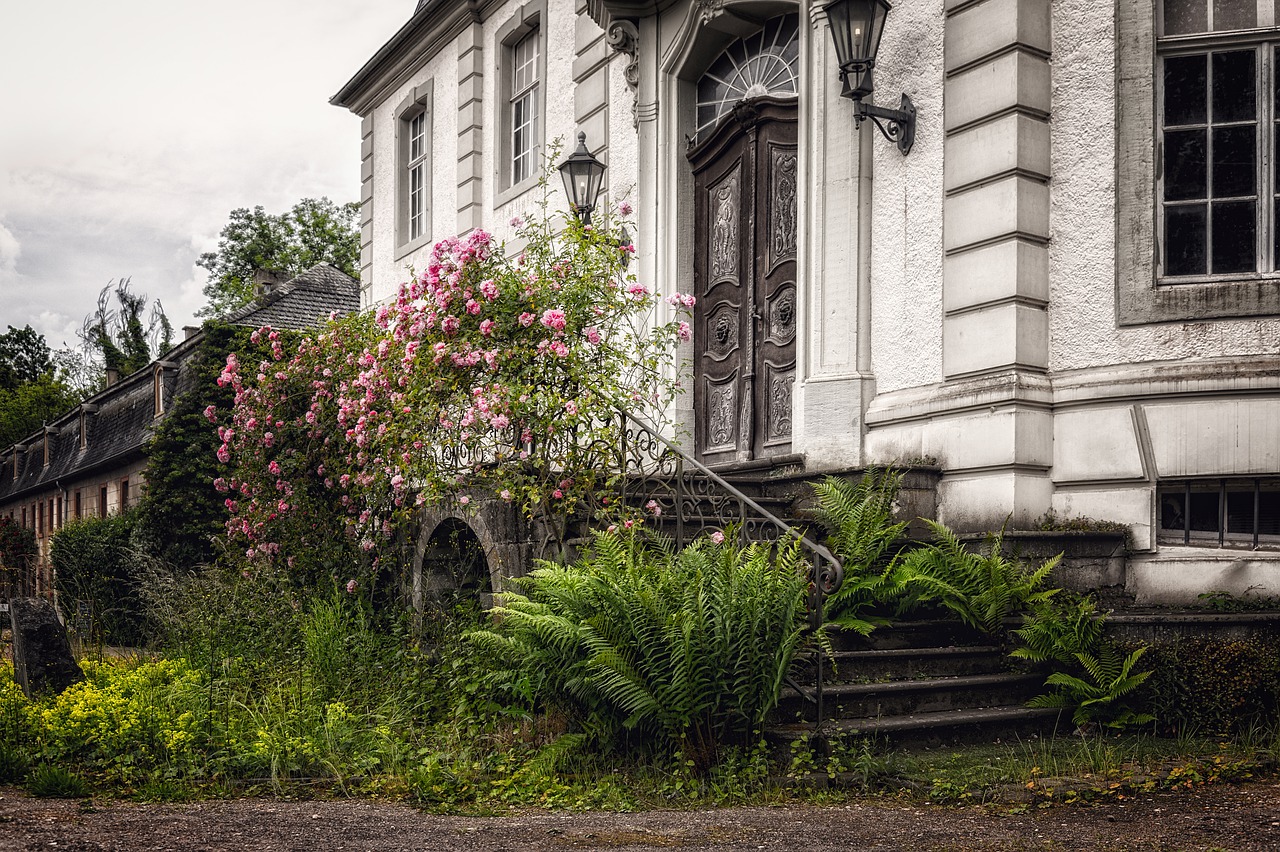The unique charm and character that older houses have are unmatched. Sometimes, it is precisely what attracts you to a property.
Older houses are also known to be built using some of the best, highest-quality materials, which are quite costly nowadays.
However, besides the many benefits they have, older homes also come with occasional downsides, such as plumbing issues.
There is a set of plumbing issues that is common in nearly all older homes, but when proper measures are taken, they can be minimized or even avoided altogether.
Read on to find out what they are and how to deal with them.
Outdated Types of Pipes
Some of the most common issues with your plumbing stem from the outdated materials they were made from. If you live in a home built before the 1990s, you may have pipe materials that are no longer up to code or that are even banned today.
Some of these materials include:
- Lead
- Polybutylene
- Iron coated with zinc, also known as galvanized pipes
These types of pipes should be replaced as soon as possible because they can cause a wide range of issues.
For example, lead is toxic and can lead to health issues, while galvanized pipes may rust, erode, and cause blockages. Lastly, polybutylene pipes are known to crack easily due to chemical reactions that happen when they come into contact with water.
Outdated Types of Fixtures
Similar to outdated materials, old and outdated fixtures and connections can also lead to some plumbing issues.
Over time, these old fixtures are known to erode and they are highly susceptible to corrosion. This means that they may soon start to break, leak, or block the water flow, causing deeper and more serious issues and a lot of stress.
Therefore, if you know that your valves, handles, faucets, spigots, and other parts are pretty old or reaching the end of their lifespan, make sure to replace them as soon as possible.
Sewer Line Issues
Sewer lines can break down or malfunction in all homes, not only older ones. However, if your home is older, you may be at significant risk as the sewer line will be more worn off. Older sewer lines may also have a lower water flow capacity.
Some of the most obvious signs that you are having issues with it are bad odors, mold, backups, clogs, slower draining, and similar. Make sure to call your plumber as soon as possible to inspect your plumbing and recommend the best course of action.
Pipe Bellies
Many homeowners might not be aware of this fact, but nearly all homes move gradually over the years. This is a very subtle and slow movement that cannot be seen but does happen.
The consequences of these movements are the so-called pipe bellies. In other words, the pipes buried underneath your home will also shift very slowly downwards, which eventually causes “bellies.”
These bellies or slopes can restrict the water flow, create clogs, or even lead to leaks. To prevent these issues, it is best to have your plumbing regularly inspected and repaired or replaced if needed.
Don’t Risk It, Call a Professional
Being aware of some of the most common issues you may be faced with will help you take better care of your home and prevent more serious damage.
If you have noticed any of these issues in your home or you want to inspect it to make sure everything is in order, call your best local plumber.




